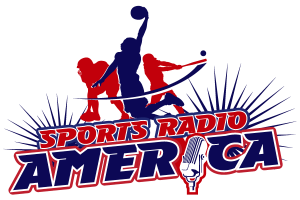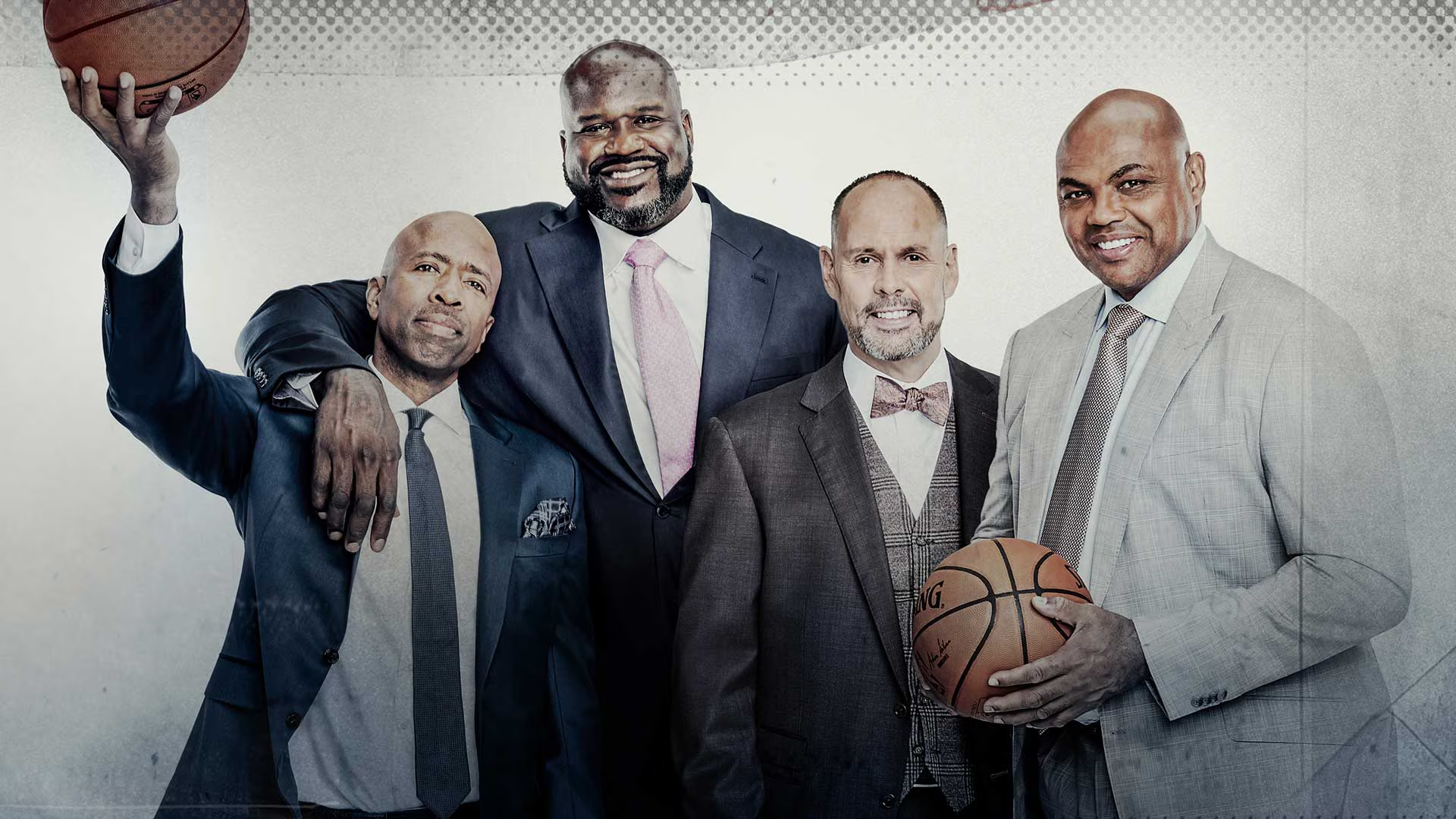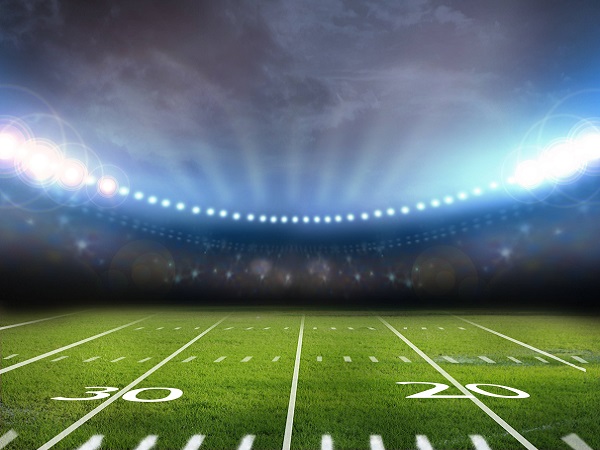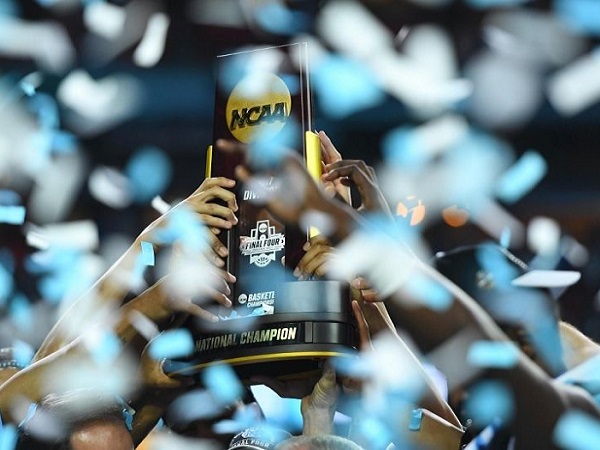There is a wave across all major professional sports in America and abroad. The movement is to make sports more digestible. Meaning, making it easier to watch both in terms of access through distribution (streaming and linear television), but also as content.
Major League Baseball (MLB) has and is currently going through changes to make the game faster. Of course, sports are like any business, they must adapt to survive and more importantly grow. However, with an on-going pandemic, sports betting allowances, and with more and more content being readily available of the entertainment, media, and sports variety, sports leagues are making efforts to meet the consumer where they are and where they want to be. Revenues are also down, so all businesses are making changes in a digital world and one that will compliment in-person activities.
Obviously, many leagues either completed shortened seasons or went straight to the playoffs/postseason in 2020. However, the National Basketball Association (NBA) is looking to move to a shortened 72-game season with hopes to end before the 2021 Summer Olympics in Tokyo, Japan. It is a move that foreshadows and highlights a change that players have been calling for some time. The MLB and the Major League Baseball Players Association (MLBPA) also have an expiring labor agreement (CBA) in 2021 that will likely include discussions on reducing games from 162 to a lower figure. Even the English Premier League (EPL) considered moving from twenty clubs to eighteen and there have been calls to shorten the season (or have less matches) for many years. With shortened seasons (or less games), owners and players need to make up that revenue (as do the television networks, streamers, and advertisers) so delays or gaps in the season will likely be replaced with in-season tournaments, more popular matches, and increased international exposure.
As American professional sports franchise owners continue to invest overseas in soccer clubs through personal financing or SPACs (a special-purpose acquisition company), the American sports influence is also crossing the pond. However, despite the red, white, and blue’s free market ideals, its sports structures are based on protectionism, carveouts, and antitrust exemptions. It makes sense that owners used to the aforementioned model would try to change the EPL structure to something more of their liking. For example, no relegation, but a clear division between major and minor league clubs, more television rights options (league-wide vs. club-controlled), higher debt ceilings to avoid bankruptcy, and extended lines of credit for members. Indeed, all of those items were part of the recent discussions among the leadership structure within the EPL. In other words, it is “The Americanization of European football” as written by T. Hoehn and S. Szymanski in 1999.
Ultimately, the inevitable will happen. Sports must be consumable for the masses for the game to be most profitable. This means leagues, owners, and players will continue to look for ways to reach their fans. How that will be done is sure to cause some healthy on-going debate.























